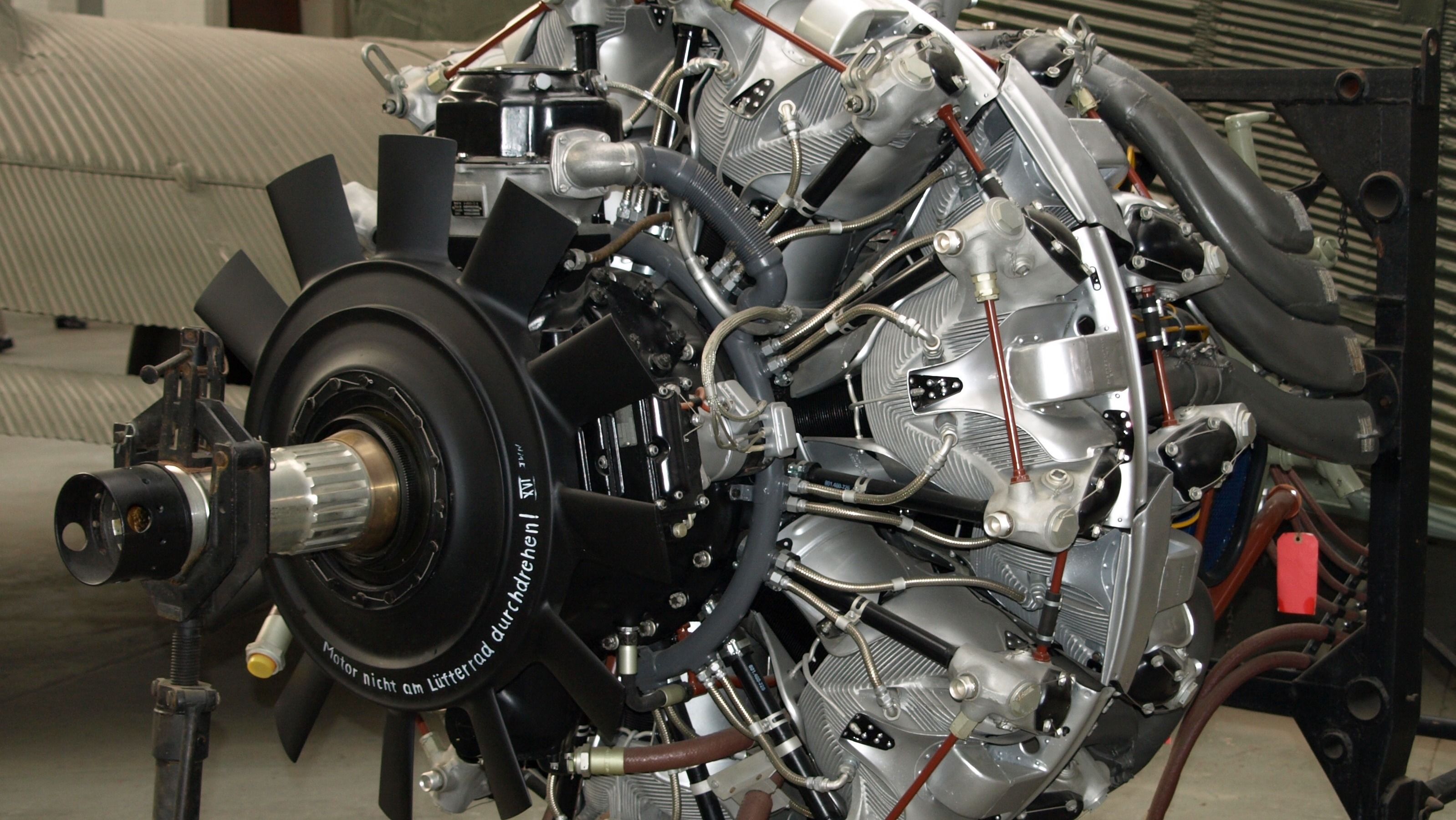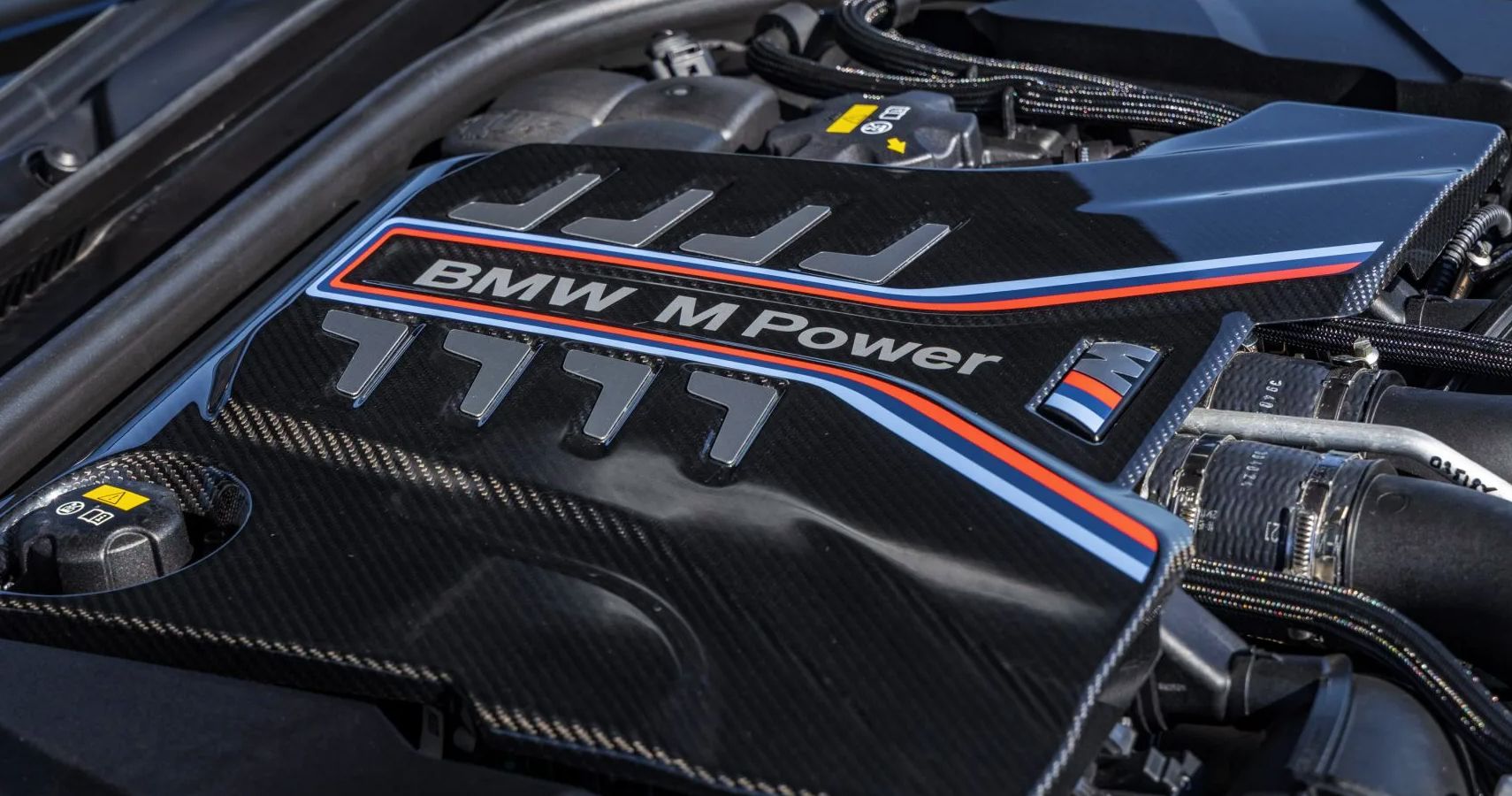Why the BMW Engine Is Thought About One of the very best in Luxury Automobiles
Why the BMW Engine Is Thought About One of the very best in Luxury Automobiles
Blog Article
Exploring the Evolution of Combustion Engines in Modern Transportation Systems
As we browse the landscape of contemporary transportation, the advancement of combustion engines stands as a testament to human resourcefulness and engineering prowess. The interaction of history, modern technology, and ecological issues in forming the trajectory of burning engines creates a story that is both informative and compelling.
Very Early Beginnings of Combustion Engines
Just how did the idea of combustion engines very first emerge in the beginning of transport development? The origins of burning engines can be traced back to the 17th century when the concepts of inner combustion were initial checked out. In 1673, Christian Huygens conceived a basic internal burning engine that used gunpowder to create power. However, it had not been until the late 19th century that practical applications of combustion engines in transport began to emerge.
The development minute came with the creation of the first successful gasoline-powered engine by Karl Benz in 1885 - bmw engine. This engine led the way for the advancement of the contemporary auto, transforming transport systems worldwide. Succeeding advancements by Nikolaus Otto and Gottlieb Daimler further refined combustion engine modern technology, causing the automation of autos and the fast development of the transport sector
These early combustion engines were identified by their simpleness and performance, laying the structure for the facility and effective engines utilized in contemporary transportation systems. The evolution of combustion engines has been important fit the way we travel and transfer products, marking a significant milestone in the history of transportation advancement.
Transition to Internal Burning Innovation
The shift to interior combustion technology noted an essential shift in the development of transportation systems. This shift began in the late 19th century, with inventors like Nikolaus Otto and Gottlieb Daimler creating the initial successful internal burning engines. These engines transformed transportation by supplying a much more reliable and powerful choice to vapor engines and electric motors.
Among the crucial advantages of interior combustion engines was their capacity to be scaled down to suit cars, leading to the advancement of bikes and vehicles. This change from bulky, stationary engines to compact, mobile ones led the way for the modern transport systems we see today.
The change to internal combustion innovation likewise spurred developments in gas modern technology, causing the advancement of gasoline and diesel as main gas sources for lorries. This shift not only made transport more available to the masses yet also laid the structure for the oil and gas industry to end up being important to international economic climates.
Effect of Combustion Engines on Transportation
The adoption of combustion engines in transport systems catalyzed a profound shift in the performance and rate of global mobility. Combustion engines changed transport by offering a reliable and flexible resource of power for various automobiles, including cars and trucks, airplanes, ships, and trucks. This development dramatically boosted the capability for people and items to move over lengthy distances in much shorter timespan, leading to enhanced connectivity in between areas and countries.
In addition, the prevalent use burning engines has actually had a substantial get more effect on financial advancement. The capability to move items successfully has spurred trade and business, permitting organizations to increase their markets and get to consumers worldwide. This has actually helped with financial development and globalization, as products can now be transferred faster and in bigger amounts than in the past.
However, the environmental influence of burning engines can not be forgotten. The combustion of nonrenewable fuel sources has led to air contamination and greenhouse gas exhausts, adding to climate adjustment and presenting health and wellness dangers to populaces. bmw engine. Therefore, there is an expanding focus on developing alternative propulsion modern technologies to reduce these unfavorable impacts and create a much more sustainable future for transport
Advancements in Combustion Engine Layout
Many developments in burning engine style have actually thrust the development of transport systems over the decades. One noteworthy innovation is the growth of turbocharged engines, which use exhaust gases to drive a generator that compresses inbound air, allowing for even more fuel to be scorched, resulting in boosted power output without a substantial increase in engine size. In addition, direct shot technology has actually enhanced gas efficiency and efficiency by specifically managing the quantity and timing of gas injected right into the burning chamber. Variable valve timing systems have actually additionally reinvented engine design by enhancing air movement at different engine speeds, improving both power and performance. Another considerable advancement is the integration of lightweight products such as carbon fiber and light weight aluminum alloys, reducing overall engine weight and boosting vehicle fuel economic climate. In addition, developments in computer-aided style have actually made it possible for engineers to optimize engine performance and effectiveness via simulations prior to physical models are built, saving time and resources in the advancement process. These developments collectively contribute to the continuous renovation of burning engines in have a peek at this website modern-day transportation systems.
Future Fads in Burning Engine Advancement
With modern technology improvements driving continuous advancement, the future of burning engine development is poised to transform transportation systems globally. One of the crucial trends in combustion engine growth is the push towards greater effectiveness and lowered emissions.
One more prominent trend is the fostering of crossbreed innovations in burning engines. Crossbreed engines combine standard burning technology with electric power, using boosted fuel effectiveness and reduced exhausts. As the automobile market changes in the direction of electrification, crossbreed burning engines are viewed as a transitional solution that bridges the space in between standard lorries and fully electric ones.
Furthermore, the combination of wise modern technologies, such as artificial intelligence and information analytics, is anticipated to play a substantial duty in the future of burning engine growth. These technologies can optimize engine performance in real-time, resulting in much more effective combustion processes and boosted overall vehicle performance. Welcoming these future fads will certainly not just drive technology in burning engine advancement however likewise add to a more environmentally friendly and sustainable transportation ecosystem.

Verdict
In final thought, the advancement of combustion engines in contemporary transport systems has actually been marked by considerable advancements in technology and style. From the very early beginnings of combustion engines to the shift to interior combustion modern technology, these engines have had an extensive influence on transport.
The roots of burning engines can be traced back helpful site to the 17th century when the principles of inner burning were initial checked out. These engines reinvented transportation by supplying a much more powerful and reliable option to steam engines and electrical motors.

Report this page